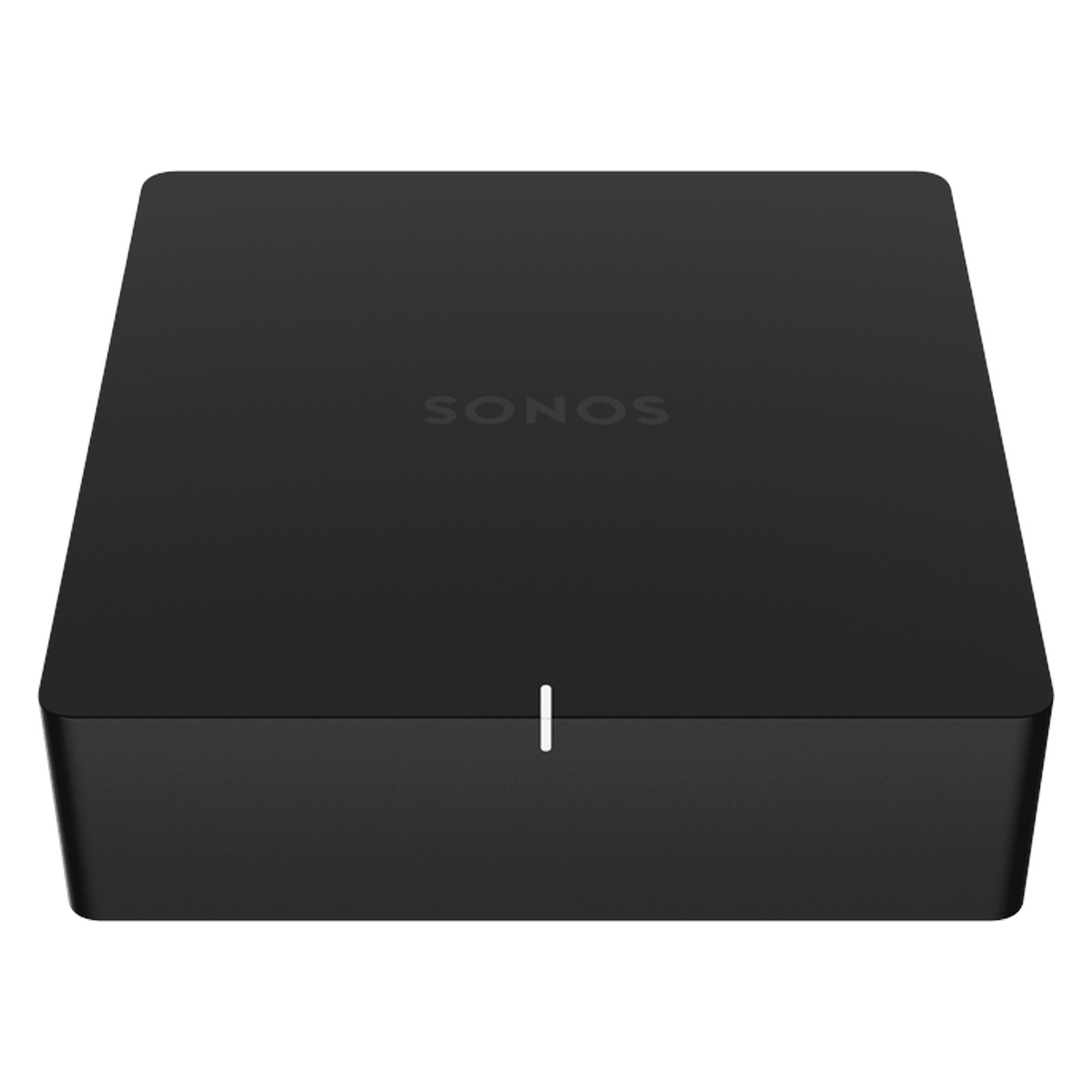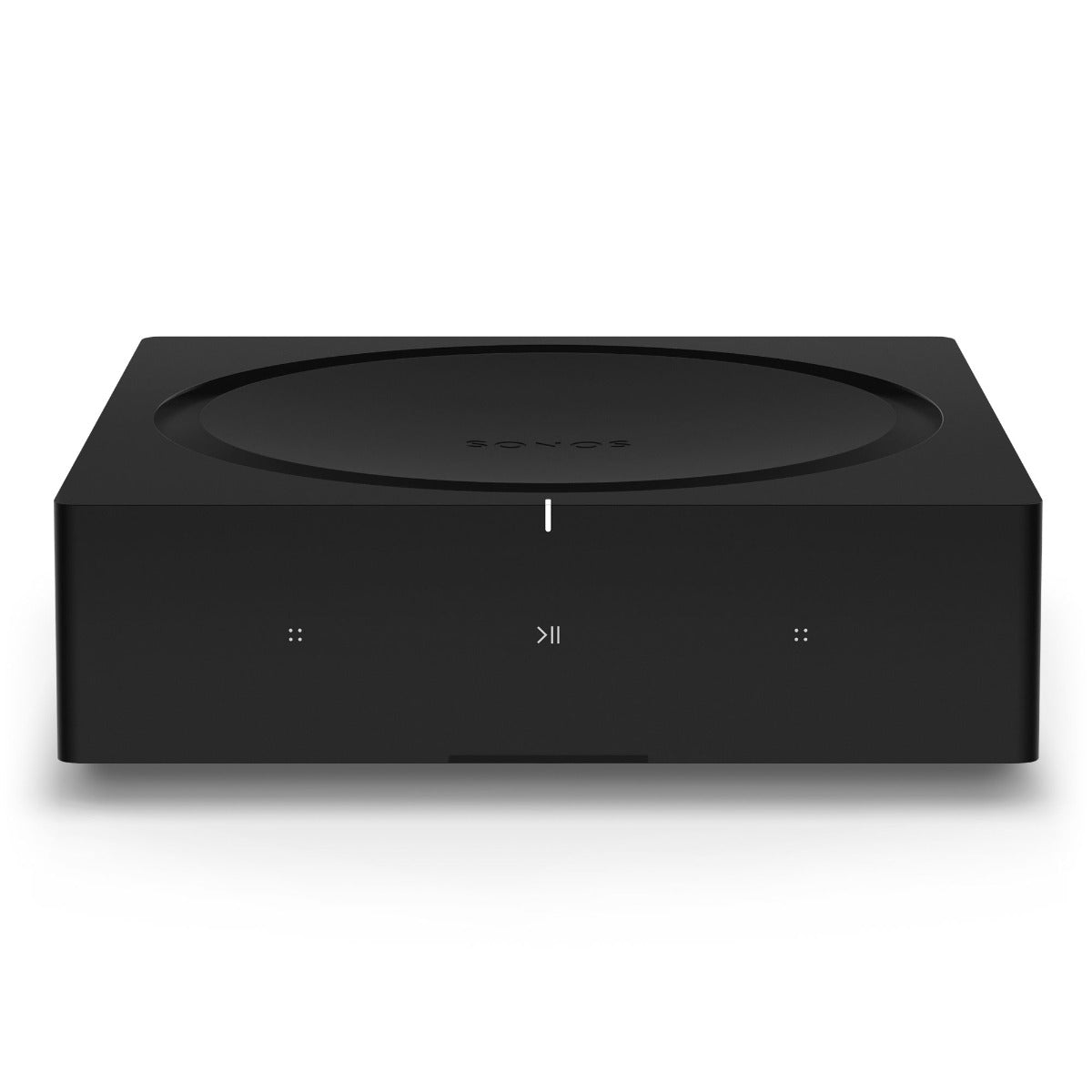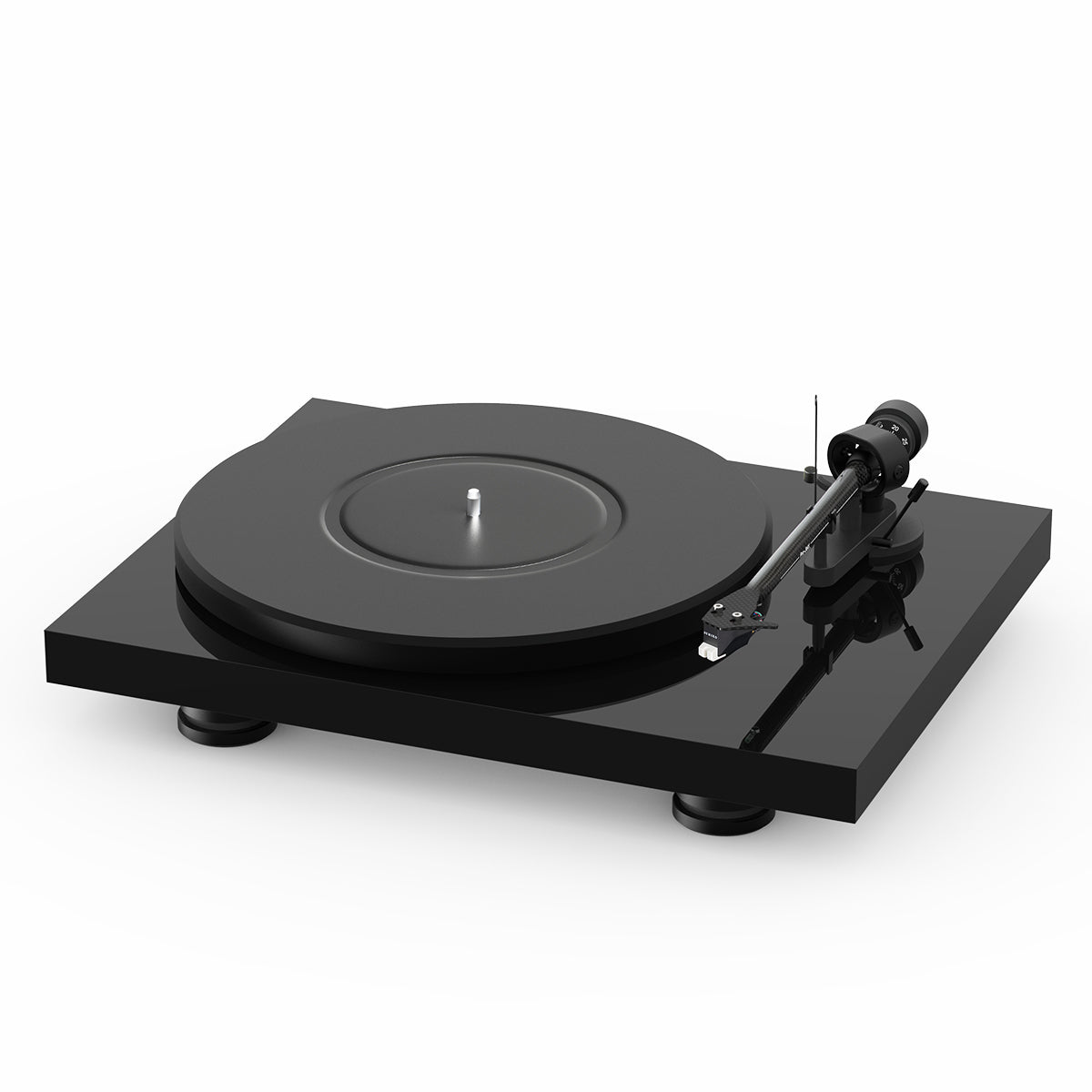 Home Theater
Show links
Home Theater
Show links
 Speakers
Show links
Speakers
Show links
 Components
Show links
Components
Show links
 TVs & Projectors
Show links
TVs & Projectors
Show links
 Seating & Furniture
Show links
Seating & Furniture
Show links
 Acoustic Treatments
Show links
Acoustic Treatments
Show links
 Cables & Accessories
Show links
Cables & Accessories
Show links
 Featured & Deals
Show links
Featured & Deals
Show links
 Home Audio
Show links
Home Audio
Show links
 Speakers
Show links
Speakers
Show links
 Components
Show links
Components
Show links
 Cables & Accessories
Show links
Cables & Accessories
Show links
 Outdoor Entertainment
Show links
Outdoor Entertainment
Show links
 Acoustic Treatments
Show links
Acoustic Treatments
Show links
 Featured & Deals
Show links
Featured & Deals
Show links
 Turntables
Show links
Turntables
Show links
 Turntables
Show links
Turntables
Show links
 Phono Cartridges
Show links
Phono Cartridges
Show links
 Phono Preamps
Show links
Phono Preamps
Show links
 Record Cleaning & Care
Show links
Record Cleaning & Care
Show links
 Isolation Systems
Isolation Systems
 Cables & Accessories
Show links
Cables & Accessories
Show links
 Featured & Deals
Show links
Featured & Deals
Show links
 Headphones
Show links
Headphones
Show links
 Headphones
Show links
Headphones
Show links
 Headphone Amps & DACs
Show links
Headphone Amps & DACs
Show links
 Featured & Deals
Show links
Featured & Deals
Show links
 Smart Home
Show links
Smart Home
Show links
 Deals
Show links
Deals
Show links

Sonos Port vs Sonos Connect - we here at Audio Advice wanted to outline the differences between the two so you get a better idea of which products will give you the best experience.
Sonos launched their first products in 2005 at CES - a Zone Player and a cool looking piece called the Controller. This was before streaming music took off, so what Sonos had to offer was a way to play your iTunes or ripped CD’s through a conventional stereo system with a great browsing interface.
The Zone Player was later changed to a ZP80, then ZP90 in 2008, adding some more processing power. The ZP90 was later renamed Connect but nothing about it really changed from the 2008 model. Of course, there was not really much need for change as by that time the Connect had become the go-to product for most people to get streaming music into their stereo systems. It has also become very popular in whole-house music systems as a great way to fill a home with music and have super easy control.
Before we get into the improvements the Port offers over the Connect, we wanted to talk about how the Connect became so popular.
Unless you’ve been living on a deserted island, you’ve probably experienced the huge surge in the popularity of streaming music. There are now many services that offer all kinds of music, putting millions of songs at your fingertips. Sonos has made it their goal to offer just about any music service that becomes available and over the years has constantly added new music streaming services to their products. These updates mean you don’t have to worry about their products missing out on most new music services.

It is also very simple to integrate a Sonos Connect into an existing stereo or whole-home music system. The Connect has both analog audio and digital out allowing you to connect it up to a stereo system as an analog source, or if your system has great DACs (Digital to Analog Convertor) you could use the digital out. The Connect also gives you the flexibility of configuring its output to be either a fixed or variable output. You would use the fixed output for a conventional stereo system and typically use the variable output when using the Connect in a whole-home audio system. For whole-house music, you’d put one Connect per zone and send its signal to an amplifier for that room.
Sonos has a huge team of software engineers who are always working on improving their interface. The Sonos interface for browsing streaming channels or your music library is just flat out one of the best ones out there. With a smartphone or tablet you’ll have a great way to browse and control your music. Grouping rooms into a single zone is also super simple.
Another neat Sonos feature is their Alarm function. At first glance, you might think this would just be an alarm clock that can play through your speakers, which it is, but it’s far more powerful!
You can set up Sonos Alarms to play a particular playlist at any time of the day, for how long you want it to play, and even make it play in random order! This is a very useful and powerful feature for people with a lot of playlists, especially if they contain a lot of songs. You could turn on the best of the ’80s on Saturday morning at 9 AM, then your jazz classics playlist Saturday night at 7 PM. It is as flexible as your imagination.

The final two things that have made the Connect so popular are hallmarks of all Sonos products. First, they are very cost-effective, offering tons of features and sound quality for less than the competition. The other big reason Sonos Connects are so popular with dealers like Audio Advice is they fact they rarely break. Sonos actually tests each and every product rather than random samples like most companies. They also put their designs through all kinds of testing before a product even makes it to production. This company philosophy has made Sonos one of the most bulletproof audio brands we have ever seen.
Yes, the Connect is one amazing product for the money, but as time passed and technology moved forward, Sonos felt a few tweaks could make it an even better product.
The first is its form factor. Sonos kept the width and depth almost exactly the same as the Connect but was able to make the Port almost half the height of the Connect. In the audio and professional world, there are standards for rack mount shelf heights. If you can get something to be a height of 1U or less, you can put a lot of pieces into a small amount of space. The new Port is sized so you can fit three of them on a single 1U shelf. They are also designed to easily stack on top of each other with no heat issues if you are not using a rack in a whole-house audio system.

Following the form factor, many audio dealers had questioned why Sonos made the Connect white in color while most audio gear you see in a rack is black. The new Port is matte black in color, making it more at home in a typical equipment rack.
Sonos added more processing power inside the Port to further future proof it as who knows that what the next ten years will hold in the world of music.
The Port also got a redesign in the audio path with a 10db improvement in signal to noise ratio, making it sound better than the Connect.
A feature dealers like Audio Advice had been asking for on the Connect for years was a trigger. You may ask what in the world does an audio component need a trigger for? In the audio world, a trigger is used to turn something on. With the Connect being used in so many whole-house audio systems this means it was connected up to a power amplifier. Most power amplifiers have a trigger connection on them that will turn the amp on when it sees the trigger signal and off when the trigger signal goes away. With the Connect and whole-house audio systems, you either had to leave your power amplifiers on all the time or choose from a limited selection of amplifiers that had some kind of signal sensing. We were very pleased to see Sonos add a trigger output to the Port which makes integration in whole-house music systems better and more energy-efficient.
Voice control has become a very popular way to access music over the last couple of years. Sonos pulled out all the stops with the Port and made it compatible with Amazon Alexa, Google Assistant, or Apple Home Kit. All you need is a voice-enabled device in your home to set it up such as an Amazon Dot or Google Home Mini. That is a super cool new feature of the Port!
If you are an Apple fan, you probably love Airplay2 for streaming music from your phone. Sonos added support for Airplay2 with the new Port as well.
We are sure with all of these great new features, the new Sonos Port will maintain its status as our go-to piece for integrating streaming music into stereo systems and putting together amazing whole-house music systems. Long live the new Port!
You'll be among the first to know about product launches, exclusive online deals, and the hottest audio trends.
8621 Glenwood Ave
Raleigh, NC 27617
919.881.2005
11409 Carolina Place Pkwy
Pineville, NC 28134
704.821.4510
5732 Oleander Drive
Wilmington, NC 28403
910.392.1200
support@audioadvice.com
888.899.8776



